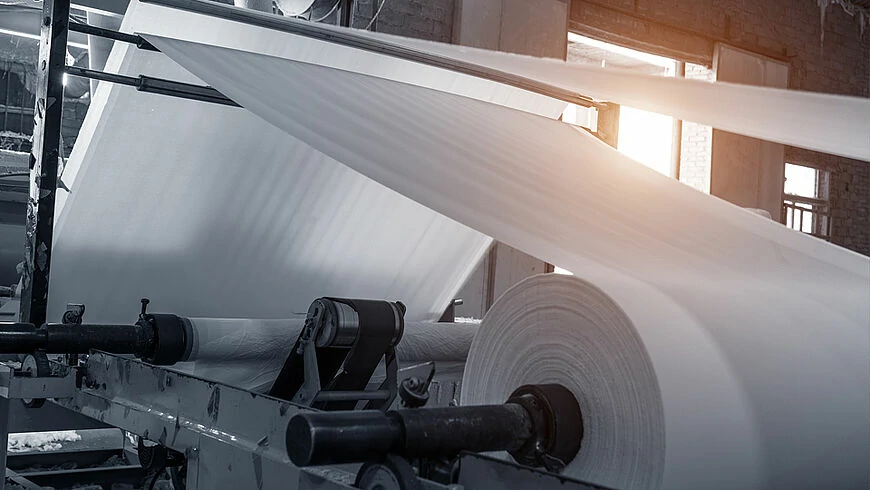Surfactants can change (usually reduce) the interfacial tension between two phases, and are amphiphilic compounds composed of hydrophilic and lipophilic groups, with the lipophilic (hydrophobic) groups consisting of hydrocarbon chains and the hydrophilic groups consisting of oxygen-containing groups such as hydroxyl, carboxyl and ether groups. Therefore, the properties of surfactants not only depend on the size and shape of the hydrophobic group, but are also closely related to the type of hydrophilic group. According to whether the surfactant can be ionized and the nature of the charge of the active ion after ionization, surfactants can be divided into four categories: nonionic, anionic, cationic and amphoteric. The most used metal degreasing cleaning agent is non-ionic and anionic. Paper is made of pulp. Pulp is some plants, such as wood, grass, cotton as raw materials, the use of chemical or mechanical methods to remove all or most of the impurities, to get a pure or nearly pure plant fiber pulp. In addition to cellulose, which is the main component of fiber, pulp also contains hemicellulose, lignin and a small amount of resin, pigment, gum and other substances. In terms of papermaking, cellulose and hemicellulose is the basic components of the pulp, and other impurity components present in the pulp on the quality of paper caused by adverse effects, in the papermaking process should be removed as far as possible, so the formation of paper in the process requires the use of chemical additives.

Chemical auxiliaries can be divided into two categories: process auxiliaries and functional auxiliaries. Process auxiliaries are chemicals that mainly promote and improve the efficiency of the paper sheet formation process and prevent fluctuations and disturbances, including retention aids, filter aids, resin control agents, defoamers, molding aids, preservatives, net and felt cleaning agents, etc.; functional auxiliaries are chemicals that improve the performance and quality of the final product, including dry strength agents, wet strength agents, sizing agents, fillers, dyes, brighteners, softeners, etc.
In the pulp and paper industry, surfactants are widely used as chemical additives in the cooking pulping, waste paper deinking, paper copying, finishing, paper processing, wastewater treatment and other processes, to improve the process, improve product quality, increase economic efficiency and reduce environmental pollution plays an important role. For example, surfactants in the cooking pulp as a resin remover and dispersant, as well as wood and cotton fiber penetration agent; in the process of manufacturing recycled pulp used as waste paper deinking agent; in the paper sizing process used as a sizing agent and emulsifier; in the paper copying process used as antifoaming agent, felt cleaning agent; in the paper coating used as a dispersant, defoamer, lubricant, preservative, antistatic agent, emulsion stabilizer; in the thin Paper products processing as softener and wetting agent, etc.
*Disclaimer: The content contained in this article comes from the Internet, WeChat public numbers and other public channels, and we maintain a neutral attitude toward the views expressed in the article. This article is for reference and exchange only. The copyright of the reproduced manuscript belongs to the original author and the institution, and if there is any infringementPlease contact Jetson Chemical for deletion
